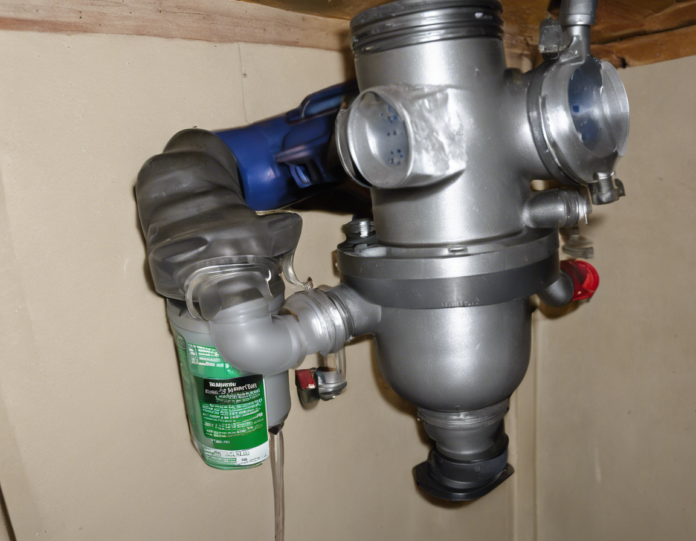The Evaporative Emission Control (EVAP) system in a car is designed to prevent gasoline vapors from escaping into the atmosphere. One common issue that car owners may encounter is a small leak in the EVAP system. This can trigger the check engine light and cause a decrease in fuel efficiency.
Understanding the EVAP System
The EVAP system consists of components like the charcoal canister, purge valve, vent valve, and fuel cap. When there’s a small leak in this system, it means that fuel vapors are escaping, leading to air pollution and potential safety hazards.
Symptoms of a Small Leak in the EVAP System
- Check engine light is on
- Gasoline smell near the car
- Decreased fuel efficiency
- Rough idling or stalling
- Failed emissions test
Steps to Fix a Small Leak in the EVAP System
-
Check the Gas Cap: Start by ensuring that the gas cap is properly tightened. A loose gas cap can cause a small leak in the EVAP system.
-
Inspect the EVAP System Components: Check the hoses, lines, and connections of the EVAP system for any signs of damage, cracks, or wear. Replace any damaged components.
-
Use a Smoke Machine: A smoke machine can help pinpoint the source of the leak by introducing smoke into the EVAP system. The smoke will escape from the leak, making it easier to identify the problem area.
-
Replace the Purge Valve or Vent Valve: If the leak is coming from one of these valves, replacing them may solve the issue. These valves can get stuck open or closed, leading to leaks.
-
Check the Charcoal Canister: The charcoal canister can get saturated with fuel over time, causing it to malfunction. If this is the case, replacing the charcoal canister is necessary.
-
Inspect the Fuel Filler Neck: The fuel filler neck can develop rust or corrosion, leading to leaks. Inspect the filler neck and replace it if needed.
-
Clear the Error Codes: After fixing the leak, clear the error codes using an OBD-II scanner. This will reset the check engine light.
Prevention Tips
- Regular Maintenance: Inspect the EVAP system components during routine maintenance checks.
- Replace the Gas Cap: If the gas cap is damaged or not sealing properly, replace it immediately.
- Avoid Overfilling: Overfilling the gas tank can cause fuel to enter the EVAP system, leading to leaks.
FAQs on Fixing a Small Leak in the EVAP System
Q: How much does it cost to fix a small EVAP system leak?
A: The cost can vary depending on the source of the leak and the parts that need to be replaced. It can range from $100 to $500 or more.
Q: Can I drive with a small EVAP system leak?
A: It is not recommended to drive with a small EVAP system leak as it can lead to decreased fuel efficiency and potential safety hazards.
Q: Can a small EVAP system leak cause a car to fail emissions test?
A: Yes, a small EVAP system leak can cause the car to fail emissions tests as it allows gasoline vapors to escape into the atmosphere.
Q: How long does it take to fix a small EVAP system leak?
A: The time taken to fix a small EVAP system leak can vary depending on the complexity of the issue. It can range from a few hours to a full day.
Q: How do I know if the EVAP system leak is fixed?
A: After fixing the leak and clearing the error codes, monitor the car for a few days. If the check engine light does not come back on and the symptoms have disappeared, the leak is likely fixed.
By following these steps and tips, you can effectively diagnose and fix a small leak in the EVAP system of your car, ensuring optimal performance and environmental responsibility.
